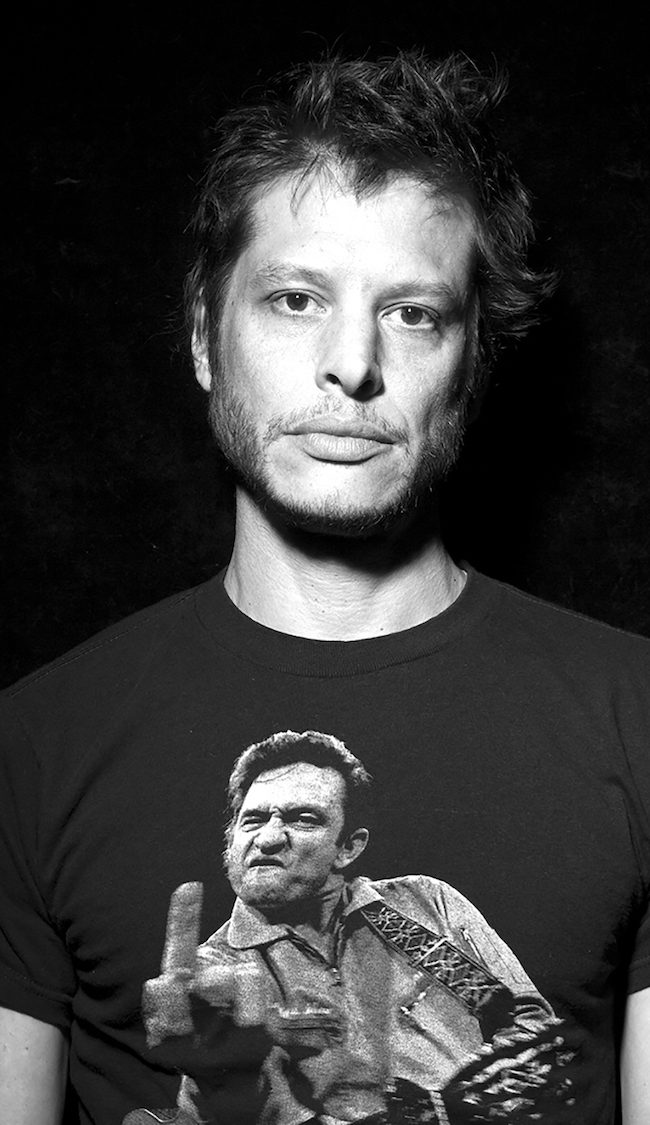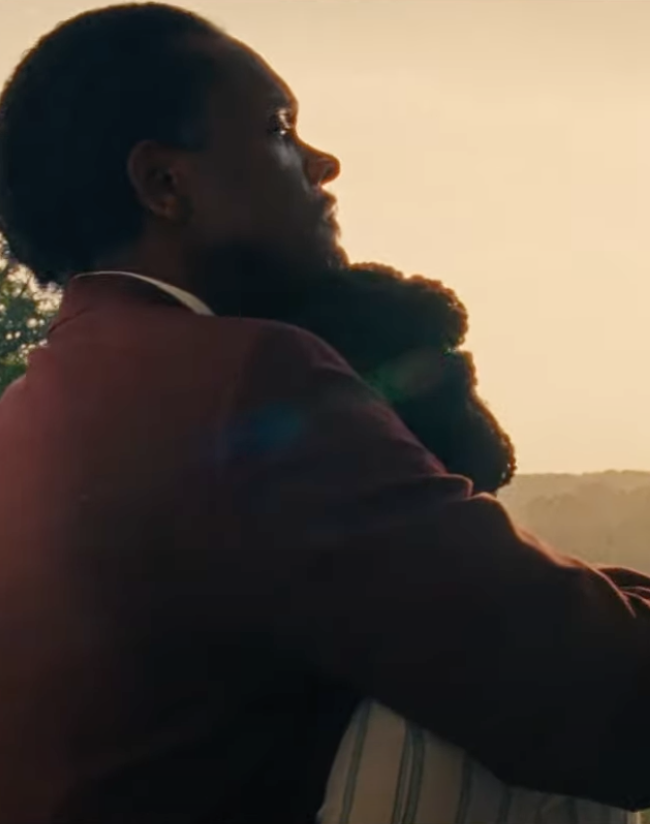Nick Toti’s “Digital Gods”- Transmission Seven
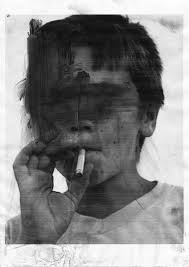 (If you didn’t read the previous Digital Gods entry on Michael Salerno’s Kiddiepunk Cartoons, you should probably read it now or watch the series before reading Nick Toti’s interview with series creator Michael Salerno the first half of which is below.)
(If you didn’t read the previous Digital Gods entry on Michael Salerno’s Kiddiepunk Cartoons, you should probably read it now or watch the series before reading Nick Toti’s interview with series creator Michael Salerno the first half of which is below.)
HtN: Kiddiepunk Cartoons is a pretty radical exploration of the possibilities of the documentary genre. Did you think of this as a “documentary” when you were making it?
MS: Yeah, I did think of it as a documentary going into it, but I also knew that the “reality” I was after was my own reality, not necessarily that of the people I was interviewing. I wanted to make a film about childhood, but using the stories of people that have lived through massive tornadoes, and then put it together in a way that the words could comment on the first thing, while actually talking about the second. So there’s a definite blurring between fiction and nonfiction, though I don’t really see it as being more pronounced in these films than in anyone else’s documentaries.
To be honest, I’m not entirely sure what people are talking about when they talk about reality or non-reality in cinema. I find it hard to believe that anyone who has ever made a movie of any kind would buy that there is really such a thing. It’s impossible to not have an agenda, or for the film to not be informed by hundreds of little decisions. In that sense, you could argue that even CCTV has an agenda — you’re seeing things from one particular angle that has been decided upon by someone. It’s not reality with a capital R. I guess people mostly make the distinction by whether a film has a screenplay and actors or not…I get it, but at the same time, it’s not that cut and dried. All cinema is documenting the reality of what’s going on in front of the camera, so it’s all real, or unreal, it just depends how you define it. I tend to define reality as something that has an impact on you, that either touches you or expresses some sort of truth that you relate to.
HtN: I know a lot of people who claim to “love documentaries,” but something like Kiddiepunk Cartoons would be totally outside of their genre expectations. I find this very exciting. You’re both meeting genre expectations in content and then defying them in form. Do you have any thoughts on this?
MS: I love it when I encounter an artwork and experience the feeling of not knowing exactly where to slot it into my brain. No matter which way you look at it, it just doesn’t fit. It’s giving you an experience that you’ve never quite had before and there’s something inside there that is unclassifiable or resistant to your usual intellectual processes. It’s exciting and rare that you get to have that experience. I remember having that feeling so clearly when I first started reading the books of Peter Sotos. I was like, “What is this? Is this fiction? Is it a novel? Is it someone’s journal? Is it the news?” It was an amazing experience precisely for the reason that there wasn’t an existing ledge in my brain for where I could sit it upon. Similar feeling when I watch the films of Apichatpong Weerasethakul. I’m not sure these films have quite that effect, but I do think an artwork should attempt to carve out its own turf from somewhere where nothing existed before.
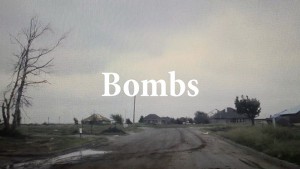
HtN: How did the project start?
MS: Well, I have a long-standing and well-documented obsession with tornadoes and extreme weather. And because of these things, I’ve always been fascinated by tornado alley and Oklahoma in particular as there’s more tornadoes there than any other place on the planet. So I had in my mind that I wanted to make a documentary involving tornadoes, and I was jotting down ideas for the film I imagined as they came to me. I had it all pretty mapped out. I was doing a fair amount of research too and I had created a kind of “screenplay” that was built around statements I compiled by tornado survivors, where I would take their words and then remove all references to the actual tornadoes, leaving just these very beautiful, poetic kind of texts. Bad feelings, panic, fear, an approaching darkness, roofs being ripped off houses, walls falling down, all this kind of stuff. Then the May 20th 2013 tornado hit Moore, Oklahoma, including two elementary schools, so it was the perfect opportunity to go there and begin shooting.
HtN: It’s interesting that you had a basic idea of what you wanted to do before entering such a chaotic location. Did you have to deal with any unexpected deviations from your plan? Or was it set up to accommodate for a certain amount of “freestyling” with whatever you had to work with?
MS: I didn’t know the circumstances, but I knew that if I was just able to get my hands on survivors and get them answering the right kind of questions, that I’d get a pretty specific type of thing. I’ve seen and read so many interviews, statements, books by these people and they’re always pretty much the same. I wanted to hear people talking about the sound, the light, about the roof getting ripped off their house, the walls crumbling, so chances are, if you speak to someone who was actually in their home when a tornado hit, that they’d say exactly what I wanted to hear. That being said, the approach was pretty open, there wasn’t a shot list or storyboards or anything like that, obviously. But I’ve been working on this subject matter for a long time. I knew what I was looking for very precisely.
HtN: How does Kiddiepunk Cartoons relate to your zine series Teenage Satanists in Oklahoma?
MS: I guess it relates in the way that all of my work relates to itself. There’s a pretty strong cohesion in all of my work, whether it’s the film and video stuff, or the photographs and collages, etc. To me, they’re all part of the same world. But maybe one similarity between these two projects in particular, apart from the fact that they both take place in Oklahoma, is that they both have a pretty strong sense of humor running through them. Actually, maybe it’s something that most people don’t pick up on, or they’re distracted by other things, but there’s parts of these films that really crack me up, especially when I’ve viewed them with any kind of audience. Same with Teenage Satanists in Oklahoma. I don’t know, maybe they’re only funny to me, but the humor is definitely there in both of these projects.
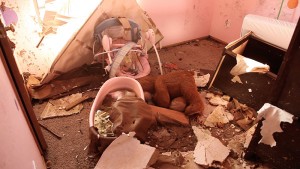
HtN: I definitely see the humor in Teenage Satanists, but I don’t think I laughed at all in Kiddiepunk Cartoons. Were there any Satanic references worked in that I might have missed?
MS: Haha! No, I don’t think you missed anything. Like I said, I don’t think anyone apart from myself finds them funny. And you know, they’re not comedies, there’s just parts that are funny to me. For example in the episode Drain where there’s audio of the kid asking his mom for a cookie over footage of people having sex. And in Sweetie, that vocal loop “But I was only 4 years old” over and over again. To me, it’s hilarious, admittedly in a really stupid, childish sort of way.
Stay tuned to HtN for part 2 of this interview….
– Nick Toti (@NickTotiis)








